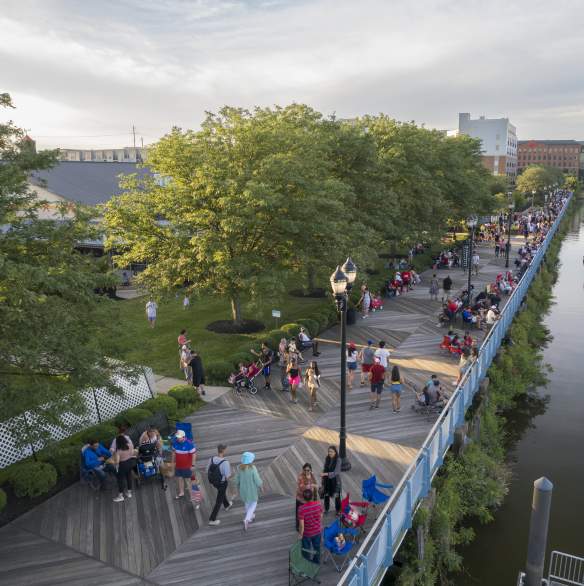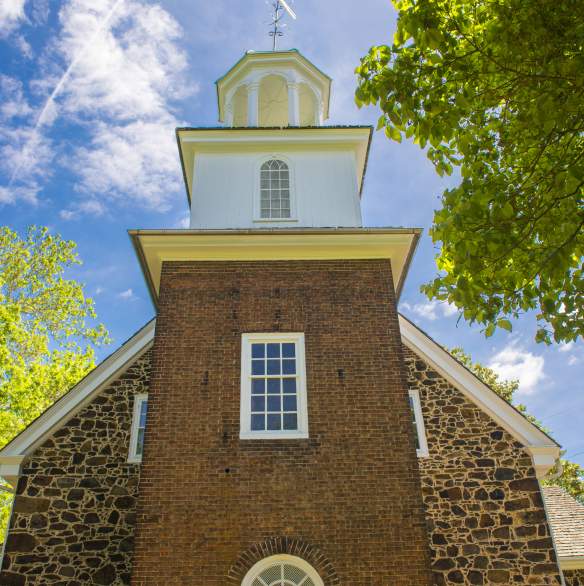Wilmington & the Brandywine Valley:
By the Numbers
All these numbers, taken together, tell a unique story — the story of a destination where vibrant city life intersects with gorgeous natural sights, centuries-deep history and world-class attractions. (For more numbers, consult our Media Kit.)
36
Restaurants in a five-block radius on Wilmington’s growing Market Street
3,500
Feet of frontage at Wilmington’s Riverfront — a vibrant scene of attractions, dining, entertainment, and outdoor recreation
319
Years the Swedes Church in Wilmington has been standing and used as a place of worship
3,054
Acres of public gardens in the region
7
State parks in and around Wilmington, Delaware
Wilmington & the Brandywine Valley Media Kit
For more numbers, view our media kit









